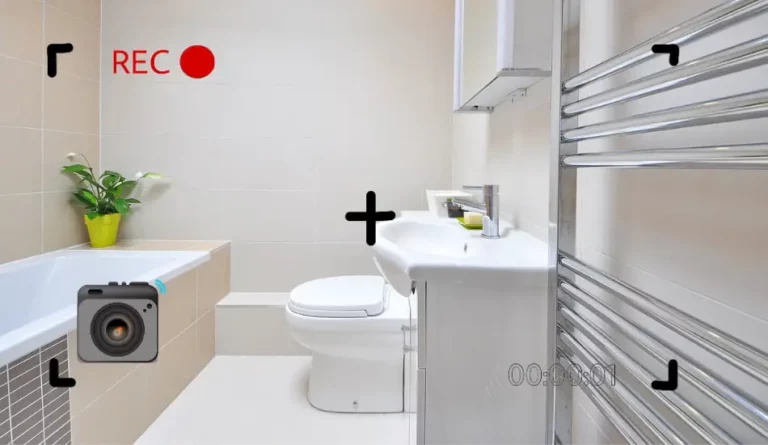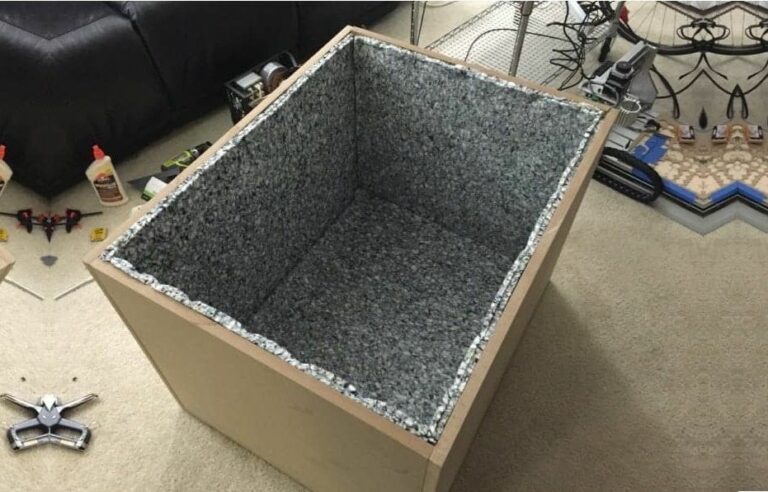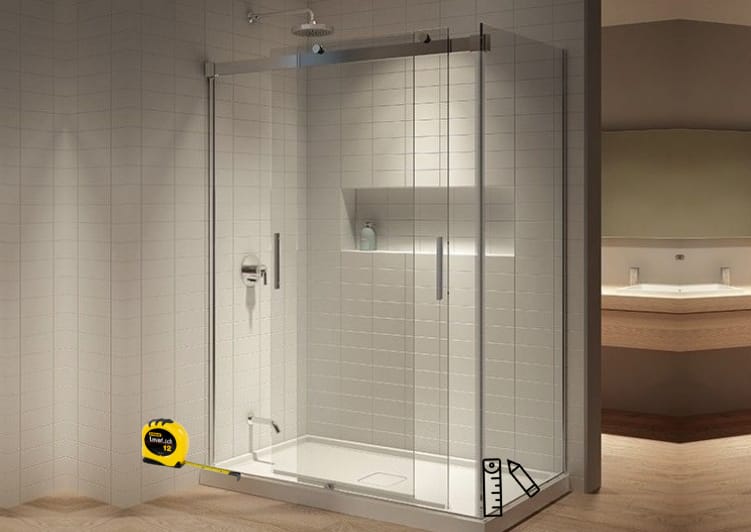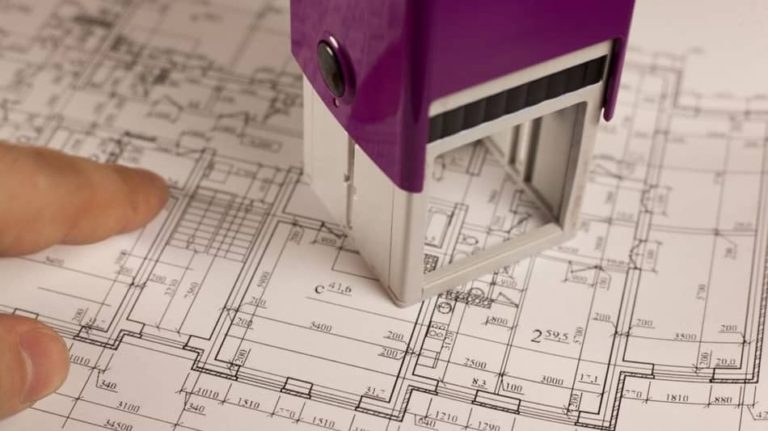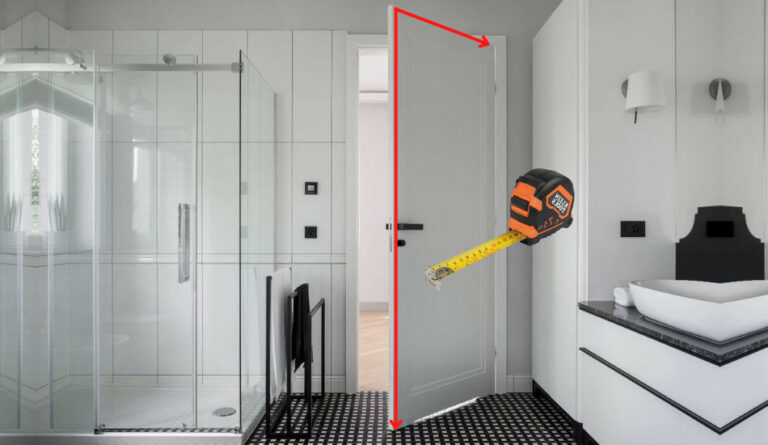How to Set Thermostat to Save Money? 5 Useful Tips
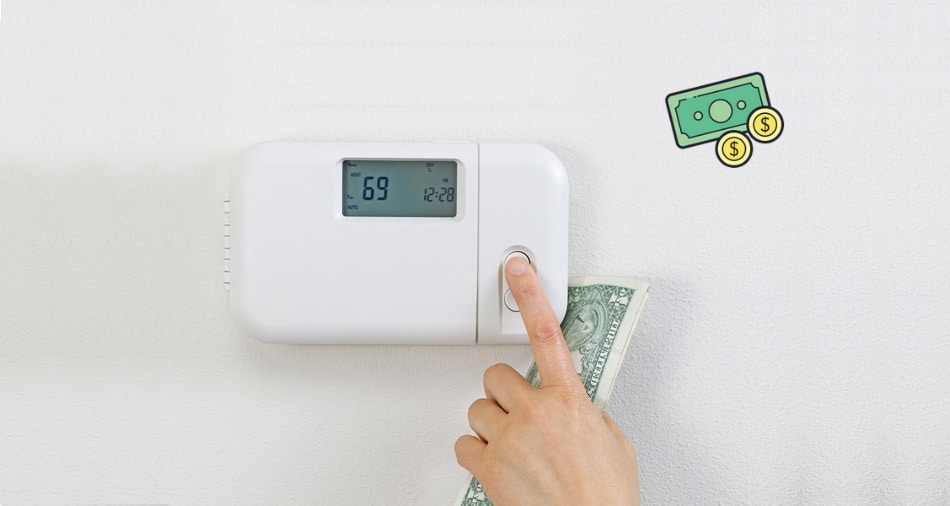
As a homeowner, you want to reduce your expenses without sacrificing any comfort of your home. Heating represents the biggest energy consumption in the house (according to research, they are between 60% and 75%). So, adjusting the thermostat incorrectly can greatly increase the energy consumption and your bills. Let’s find out how you can save money by adjusting your thermostat.
Table of Contents
How to Set Thermostat to Save Money?
So How To Set Thermostat To Save Money? To set up a thermostat to minimize energy consumption and save money, you need to do one of the following things: lower the temperature by one degree on a thermostat, choose the right temperature for each moment of the day, keep the temperature as constant as possible, or choose the smart thermostat.
The goal is to consume less energy and to maintain the most comfortable temperature possible. The most common mistake that people are making is to change the thermostat every half hour! During the day, if you are at work, lower the thermostat to 60°F (16°C)! But not lower, otherwise you will use more energy to heat your house. This is what energy experts have calculated.
To really save the money, you will need a Smart Thermostat.
Leaving Thermostat at The Same Setting Lose You Money
Did you know that if you set your thermostat at a certain temperature and never touch it, you will waste around $180/ year! Therefore, to avoid this you should change the temperature on your thermostat settings whenever you leave home for more than 8 hours. Keep in mind that there is no point to cool or heat your home when there is no one in the house.
During the summer set your thermostat around 46°F (8°C) higher than usual, while during the winter set it around 59°F (15°C) lower. With these tips, you can save 5 to 15% per year on your bills, according to the U.S. Department of Energy.
5 Tips For Setting Your Thermostat to Perfection
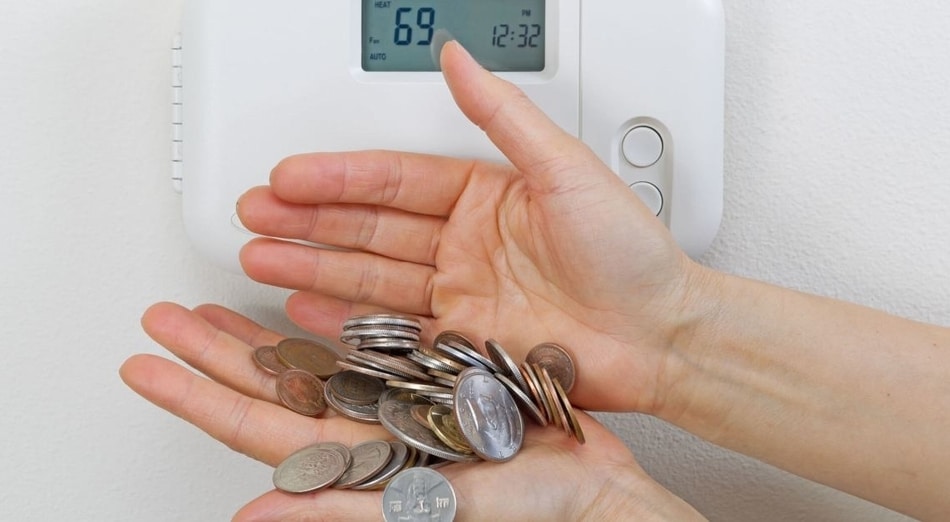
Heating is the biggest energy consumer in a home. To reduce the impact on your bill, one solution is to adjust your thermostat properly. We give you 5 tips to do it perfectly.
1. Choose the Right Temperature For Each Moment of the Day
The ideal temperature at home is 68-70°F (20-21°C) for the living room, 62-64°F (17-18°C) for the bedrooms, and 71°F (22°C) for the bathroom according to energy experts. At night you can set the thermostat to 60°F (16°C) for every room in your house. Lowering the heating to 60°F (16°C) at night is enough to save up to $250 per year!
2. Adjust the Thermostat With Maximum Precision
All you need to do is program the heating to the comfort temperature of 68°F (20°C) half an hour before getting up and bring it back to 60°F (16°C) half an hour before going to bed. The heat from the pipes will continue to heat the house for 30 minutes. The smart thermostat does this on its own. It suffices to indicate the time and the desired temperature in the thermostat program and it starts the boiler in time to obtain the temperature at the requested time.
3. Keep the Temperature as Constant as Possible
When you are away briefly for a run of less than 2 hours, it is best not to change the temperature of the thermostat. Indeed, any restart of the boiler requires more energy. At constant temperature, the boiler only turns on once in a while. Lower the temperature only if you will be outside for more than 4 hours.
4. Choose a Smart Thermostat
Your usual schedule (with your outdoor activities and your typical working days) probably no longer coincides with the current situation. It is therefore important that your thermostat can best follow your lifestyle. With a smart thermostat such as boxx , you can easily adjust the temperature in your home via the thermostat’s touchscreen or via your smartphone. The smart thermostat is the best option to save money.
5. One Degree Less Can Save 7%
By lowering the temperature of your thermostat by one degree, it can save you up to 7%. In order to stay comfortable, why not start with a half degree. If it’s still nice, try taking it a step further after a few weeks. This is the simplest solution that can help you save money.
What Are The Recommended Thermostat Settings
During the summer and warm weather, it is recommended that your home’s cooling system is at 78 degrees Fahrenheit while you are at home. When you are not at home for 4 or more hours, you need to adjust the settings of your cooling system, so that the system only turns on if the temperature drops to 88 degrees.
If you follow these rules, you could save from 6 to 8% off on your home energy bill. Therefore, set your thermostat to 78°F in the summer months. Keep in mind that Energy.gov reported that if you turn your thermostat lower by 15 degrees for 8 hours in a day, you will save around 15% per year on your bill.
How To Know If Your Current Thermostat Is Losing Money?
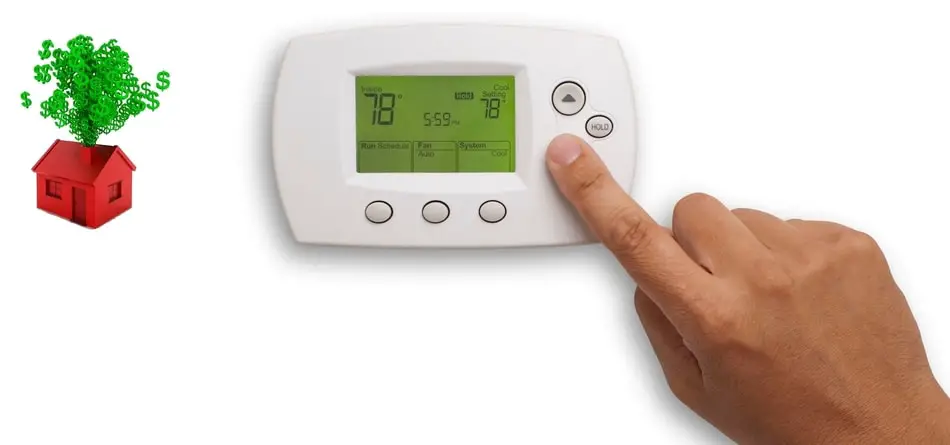
Your thermostat senses the temperature of the room in which it is located. It then transmits this information to the boiler, which then starts or stops automatically. Therefore, be sure to pay attention to these things to maximize your saving with the thermostat:
- The thermostat needs to be 4.9 feet (1.5 meters) above the ground.
- It must not be installed in a place that’s too cool, so not next to the front door or against an outside wall. Otherwise, your thermostat would register a lower temperature than the rest of the room and trigger your boiler too quickly.
- Avoid places where it is too hot, so not near a heat source such as a lamp or a TV, nor in direct sunlight. Your thermostat would then register a temperature higher than that of the rest of the room and would not trigger your boiler.
The Right Thermostat Means Optimizing Your Energy Savings
Installing a smart thermostat can save up to 10% energy! How is it possible? A smart thermostat learns about your habits and your home (whether or not you are there) and therefore knows when to turn on the heating, increase or decrease the temperature. It is also able to do this depending on the weather. You can control it remotely. No more leaving your heating on when you’re not there.
Some models are able to tell you how much gas you have consumed, in kWh and in dollars in real-time but also by hours, days, weeks, months. You have a concrete view of your expenses, can better understand your consumption energy, compare your consumption in relation to yourself but also to other families, and adopt the right actions accordingly (maintain your boiler, etc.).
The boxx smart thermostat also helps you keep tabs on your electricity and water consumption and interacts with other smart objects. You consume more or less than expected, boxx will warn you! You no longer consume blindly, while waiting for the annual electricity bill! And if you have solar panels, boxx provides you with comprehensive information on the performance of your panels.
Install a Connected Thermostat to Save More Energy
A connected thermostat has the same main characteristics as a classic room thermostat, i.e. it allows you to regulate and keep your home at the desired temperature. But it also offers more advanced functions. With this model of the thermostat, it is possible to create programs according to your own schedule, that is to say, to choose which time slot you want to associate with temperature according to your habits.
For example; you can increase the heating by a couple of degrees when you wake up so as not to be cold when you get out of bed, then lower it a few degrees when you leave for the office! The connected room thermostat helps you reduce your energy bill by preventing you from heating your home unnecessarily during your absences.
The connected thermostat is undoubtedly the model that will allow you to achieve the most advantageous energy savings, thanks to its many features you can save up to 30% on your bill!
Be careful when making your purchase to choose the programmable thermostat that will allow you to make the most savings possible. To save money on a daily basis, try to program your thermostat precisely, and consider changing your programs when your schedule changes.
Replace Mechanical Thermostat To Save Money
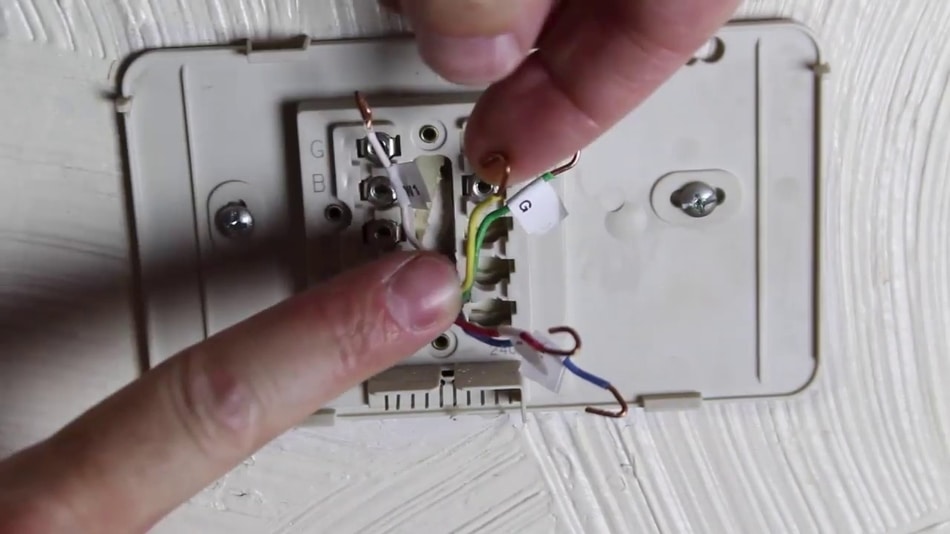
The mechanical thermostat responds slowly to your request when you handle it and the temperature setting is not very precise! The big disadvantage of this thermostat is that when you adjust it, the difference between the desired temperature and the ambient temperature, the difference can be 35°F (2°C) or more! When we know that a difference of 33.8°F (1°C) can save up to 7% on the energy bill, then every word is superfluous when we know that we can save drastically only by changing the thermostat.
What Is The Ideal Home Temperature?
The ideal home temperature is between 68 to 78 degrees Fahrenheit! Of course, it all depends on the day of the year and the season. If you want to have an ideal house temperature for efficiency and comfort, then you need to set your thermostat between 68 to 78 degrees Fahrenheit. Therefore in the summer set your thermostat settings to 78 degrees Fahrenheit (25°C) and during the winter to 68 degrees Fahrenheit (20°C) for energy savings.
What If You Have Underfloor Heating?
You will not normally have to touch the temperature of the heating system to ensure your thermal comfort in case of underfloor heating.
An underfloor heating installation has an automatic regulation that controls the temperature of the floor (which will never exceed 29°C). The temperature of the water in the pipes will vary depending on the weather, the quality of the insulation, the temperature requested on the thermostat, and the type of building.
Initially, it is between 86°F (30°C) and 113°F (45°C) and it is the regulator, in principle, which will regulate it. As the entire surface of the ground acts as a heating body, the feeling of thermal comfort will be greater. However, depending on the desired comfort heat, you can obviously adjust the temperature to your room thermostat.
Tips on How to Save Energy on Heating
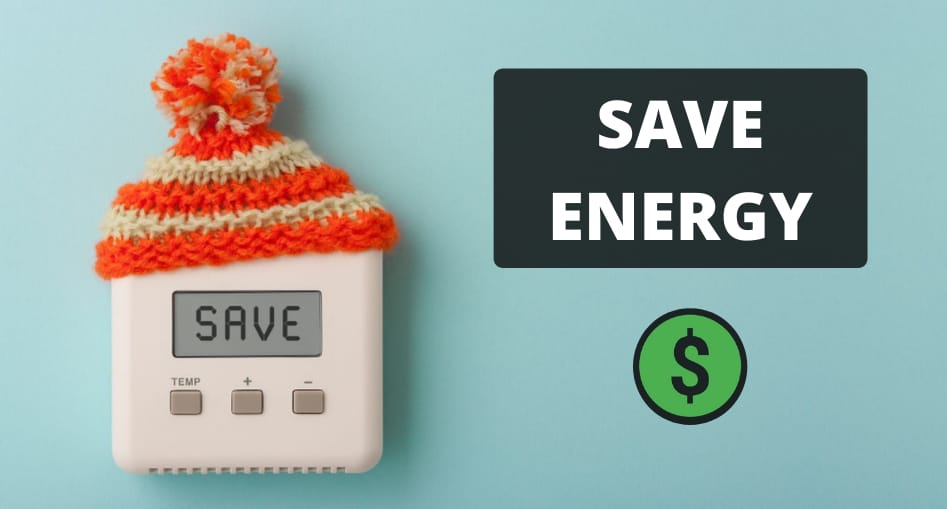
During the winter months, the energy bills are high and any savings would be great. To reduce your bill, there are a few techniques that you can do to your heating consumption more significantly.
- First of all, be careful not to overheat your apartment. The recommended comfort temperature should be 70°F (21°C) during the day and 61 to 62.6°F (16 to 17°C) for heating the rooms during the night.
- To avoid any waste of energy, it is also very important to remember to lower the temperature in your home while you are away. For a short absence (less than two days) you can lower your heating to 61°F (16°C) and for a prolonged absence switch to frost protection mode and set the heating to 46°F (8°C).
Another factor that has a significant impact on your heating consumption is the insulation of your home. Indeed, the better your home is well insulated the less you will need to push the heating to reach your comfortable temperature! So remember to check the quality of the insulation in your home (windows, roofs, walls, etc.).
Final Thoughts
A home’s comfort level is certainly determined by people who live there. Every person is different so some people like it when it is warm while others prefer a cooler environment. In this article, you learned that setting up your home temperature for a few degrees up or down could lead to significant savings with the same comfort you have before. Therefore, adjusting your thermostat correctly can help you save money. If you have some other questions, please leave it below in the comment section.


